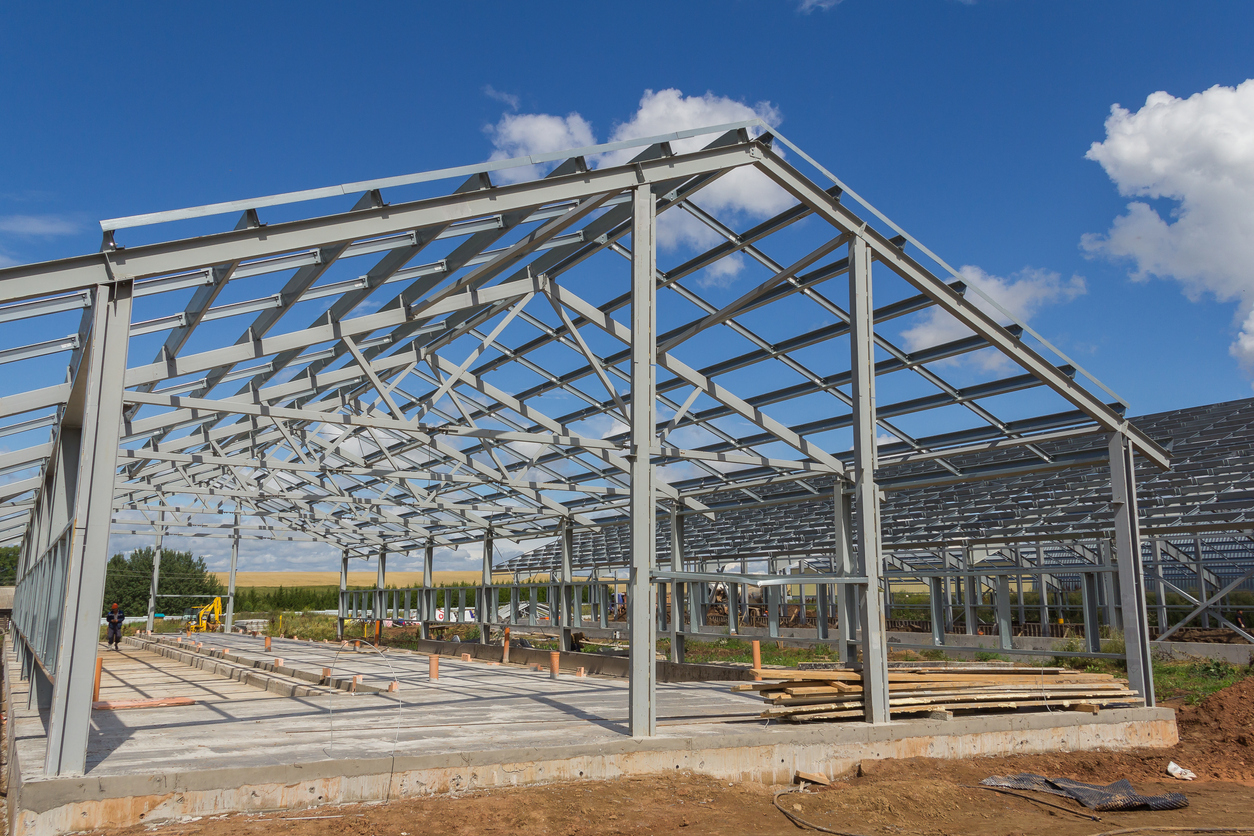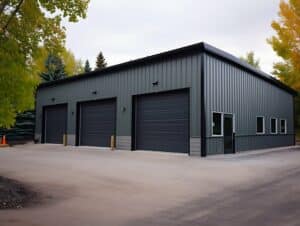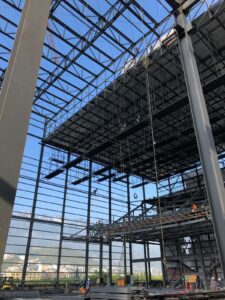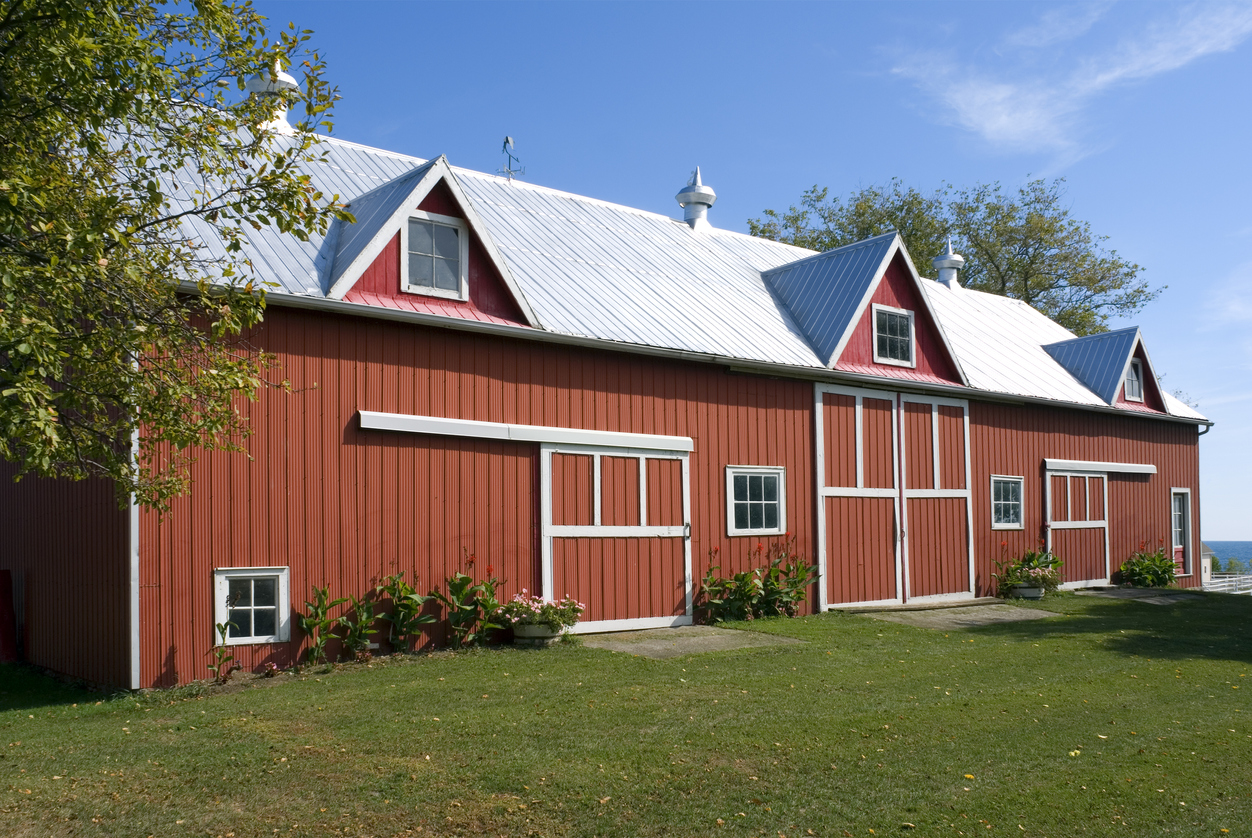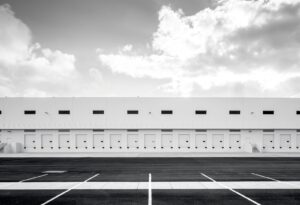Foundation systems are crucial components of any building, and steel buildings are no exception. A foundation provides the necessary support and stability to the building, helping to transfer its weight to the ground and prevent it from collapsing. Therefore, it’s essential to choose the right type of foundation system for your steel building to ensure its long-term durability and stability.
Here are some of the different types of foundation systems that can be used for a steel building:
- Concrete Slab-on-Grade: This type of foundation system is commonly used for steel buildings that are located on flat, level sites. It consists of a solid concrete slab poured directly onto the ground, and the steel building is then anchored to the slab using anchor bolts. This type of foundation provides a stable base for the building and is suitable for areas with moderate soil conditions.
- Pier Foundations: Pier foundations provide added stability to various structures. They are typically constructed by drilling or excavating holes in the ground and filling them with poured concrete footings that are reinforced with steel. Once the footings have been laid and inspected, the columns can be erected on top of them. They are commonly seen beneath residential and commercial properties, providing superior support for buildings and preventing structural damage caused by shifting soils or vibrations. Pier foundation systems can be built on nearly any type of soil, although some may require special attention in order to ensure a secure base.
- Pile Foundations: Pile foundations are used for steel buildings that are located in areas with poor soil conditions or areas that are prone to earthquakes. The piles are driven into the ground to provide support and stability, and the steel building is then anchored to the piles. This type of foundation is ideal for steel buildings that are subjected to high wind and seismic loads.
- Perimeter Wall: A perimeter wall foundation system (also known as perimeter footing) is a type of foundation that runs around the outer edges of a structure. It consists of footings and walls which are typically constructed out of concrete blocks or poured concrete. These walls provide lateral support to the structure by resisting forces caused by wind and seismic activity. They also act as a form-work for other foundation systems such as post-and-beam, rigid frames, and pier foundations. Additionally, perimeter walls help to hold back soil, protect against water or moisture damage, and control frost heave in cold climates.
- Combination Foundations: As the name suggests, combination foundations are a combination of two or more foundation types. For example, a combination foundation could consist of a concrete slab-on-grade with pile foundations for added support in areas with poor soil conditions.
There are several types of foundation systems that can be used for a steel building and the right choice will depend on several factors such as the type of soil, the building’s location, and the loads it will be subjected to.
At SteelCo Buildings, our professional and licensed team can provide the necessary guidance to ensure your steel building foundation system will stand strong and provide you with years of use. Contact our team today to speak to one of our experts about your next project.

